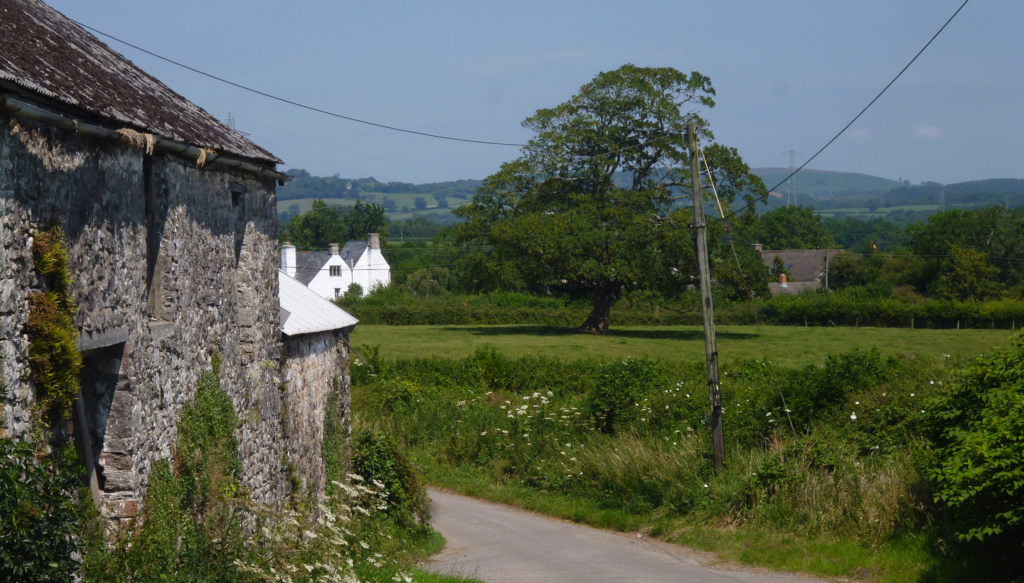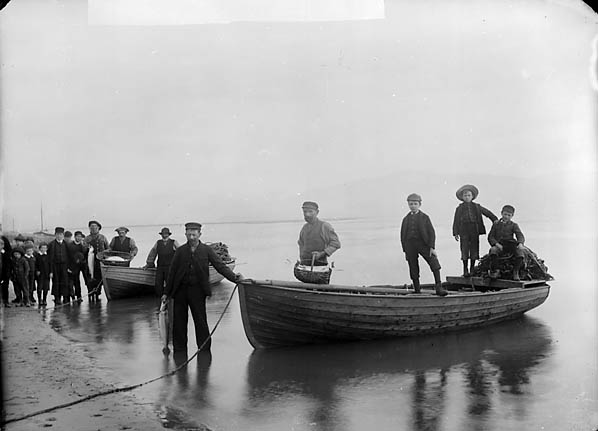This is a short extract from the new book;
….Part of this is the fact that this culinary tradition is also very much of this corner of Europe. By that I mean that, as would be true of any cuisine or food culture, none of the foodstuffs mentioned in this book are uniquely Welsh but belong to a particular strand of the world’s culinary heritage that we can call European. Leavened bread is, famously, found in great variety across the continent, from the rye breads of Poland to the papos secos of Portugal. Cheese of all sorts is a speciality of European countries from Spain to Switzerland and the Netherlands. Salty butter is just as much part of the Breton food story as the Welsh one.
How can we understand this? It is true, for instance, that the ingredient list and smorgasbord of common dishes in this food tradition have much in common in particular with the fare of other mountainous regions of Europe but, then, we find a bounty of seafood that brings an entirely different twist to the menu. To have a penchant for cooked cheese, pairs Welsh fare with the peasant traditions of the Alps, as does a tradition of air-dried ham. Lamb is also a feature of mountainous diets (as are goat and mutton), uniting Wales with Norway and the Pyrenees. But oysters and cockles take us to the French and Iberian Atlantic coasts. Laver has a tradition behind it on the coasts of Scotland and Ireland. Cider on the other hand requires sheltered lowland with ample but not excessive rainfall, so uniting eastern Wales with parts of England, Normandy and western regions of Germany. And then a range of traditional grains, but with an emphasis on oats, brings us back to the windward Celtic landscapes of the British Isles.
Further reflection confirms the unsurprising observation that the family resemblance is closest to the cuisines of two countries in particular. These are neighbouring England and Ireland, the latter lying just within sight over the westward sea and sharing a related language and thousands of years of trade and petty warfare, the former just over Offa’s Dyke and bound to Wales by centuries of political union and economic ties. But strikingly, even in comparison with both these near neighbours, we find notable divergences in food and farming practices and in what we can only call culinary preference. Compared with Ireland, the continental influences – which brought the cider tradition, for instance – had a much more marked effect on Welsh eating habits. Wales was also always richer than her western neighbour, partly as a result of the early cessation of warfare due to the early and brutal conquest by England and the wealthy markets that eventually opened up to the Welsh in England’s large cities, and partly as a consequence of the industrialization that meant Wales’ population actually grew during a period when both Ireland and Scotland were losing the bulk of their population through emigration. This general economic stability led to greater variety in many people’s diet and to the adoption of new foods, particularly among wealthier lowland farmers and the aristocracy. So we find references to imports of figs, prunes and raisins into Welsh ports as early as the later Middle Ages, and by the 16th century recipe books and letters imply that imported spices, for instance, were just as familiar in well-off Welsh kitchens as they were in provincial England.[1]

In comparison with England, however, we still find stark differences in the baseline diet, reflecting different customs and preferences, many of which have much in common with historic Irish fare – the predominance of oats, the love of dairy and the general lack of beef all notable in this regard. Indeed, many of the best records we have of Welsh food historically came about through the phenomenon of English tourists visiting Wales in the search of the exotic and the romantic on their very doorstep, and commenting on the strange customs they found in the country. Yet despite all these numerous interesting and informative commonalities, Welsh food taken as a whole differs in noteworthy ways, as we have seen, from the cuisines of both nearest neighbours.
What can we say, then, other than that we have on our hands a western European cuisine, very much of the British Isles, that draws on a common range of ingredients and preparation methods, but does so in its own unique way? It is clear that the particular combination of foodstuffs and emphases in traditional Welsh food is one that simply doesn’t occur elsewhere. Personally, I find it delicious.
This distinct culinary tradition deserves, in my humble but considered opinion, the moniker of a ‘cuisine’. The core palette of ingredients is surprisingly broad for such a small area, not much larger in surface than the Belgian Walloon region. It is a mostly peasant tradition that has made use of the produce of the seas and rivers, shallow tidal waters, fertile valley soils and rocky hills that form this country. We find animal products, grains, vegetables and top fruit all making substantial contributions to the list. In other words, there is enough breadth here to allow for further development and new departures.
Welsh Food Stories comes out with Calon in May, and can be pre-ordered now.
